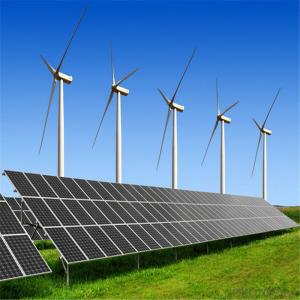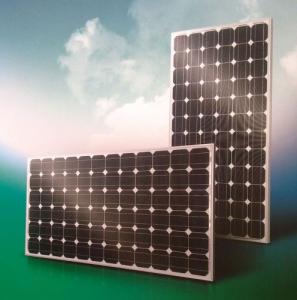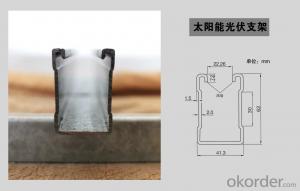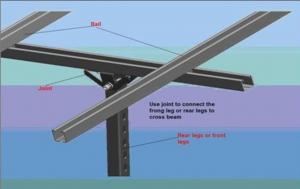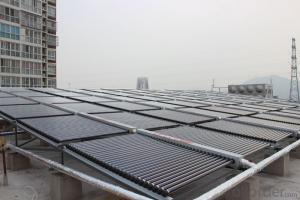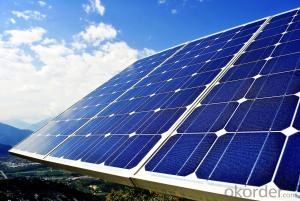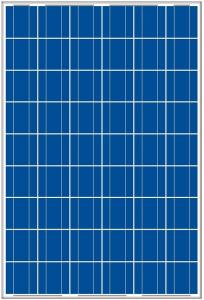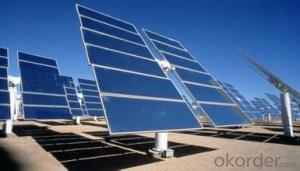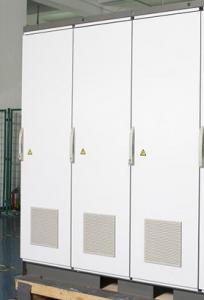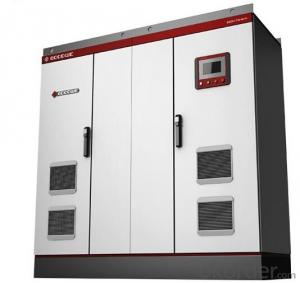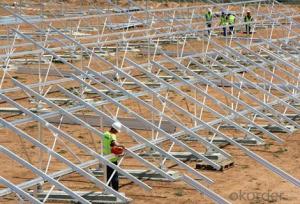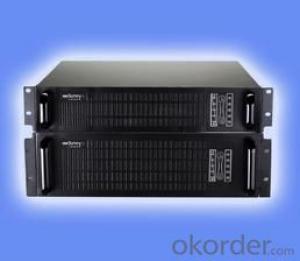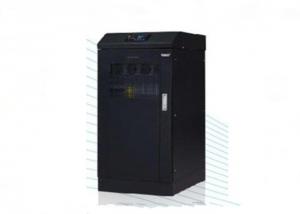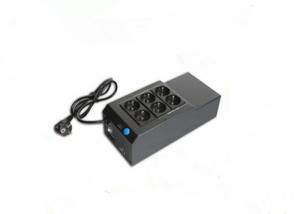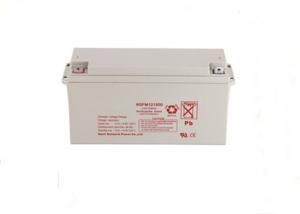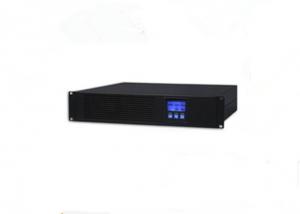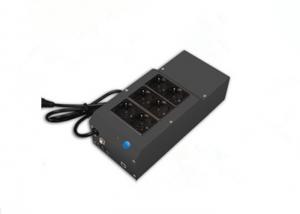Rv Solar Kits With Inverter
Rv Solar Kits With Inverter Related Searches
Rv Solar Kit With Inverter Rv Solar Inverter Kits Rv Solar Inverter Kit Rv Solar System With Inverter Rv Solar Setup With Inverter Inverter For Rv Solar Rv Solar Inverter Rv Solar Panel Inverter Kit Solar Inverter For Rv Rv Solar Inverter Systems Rv Solar Power Inverter Solar Power Inverter For Rv Solar Inverter Rv Best Rv Solar Inverter Best Solar Inverter For Rv Solar Kit With Inverter Solar Panel Kits With Inverter Solar Panel Inverter For Rv Rv Solar Inverter Setup Solar Power Kit With Inverter Rv Solar Inverter Charger Solar Panel Kit With Inverter Solar Inverter Kit Renogy Solar Kit With Inverter Solar Panel With Inverter Kit Solar Panels With Inverter Inverter With Solar Input Power Inverter Solar Kit Shed Solar Kit With Inverter Inverter With Battery SolarRv Solar Kits With Inverter Supplier & Manufacturer from China
Rv Solar Kits With Inverter are comprehensive systems designed to provide reliable and efficient power supply for recreational vehicles. These kits typically include solar panels, an inverter, a charge controller, and necessary wiring to harness solar energy and convert it into usable electricity for various appliances and devices within the RV. The integration of an inverter allows for the conversion of DC power from the solar panels into AC power, making it compatible with most household appliances.Rv Solar Kits With Inverter are widely used in various scenarios where traditional power sources may be unavailable or unreliable. They are particularly useful for off-grid living, camping, boondocking, and providing backup power during emergencies or power outages. These kits enable RV owners to enjoy a self-sufficient and eco-friendly lifestyle, reducing dependency on fossil fuels and minimizing environmental impact.
Okorder.com is a reputable wholesale supplier of Rv Solar Kits With Inverter, offering a vast inventory of high-quality products to cater to the diverse needs of customers. With a commitment to excellence, Okorder.com ensures that each kit is thoroughly tested and meets industry standards, providing customers with reliable and efficient solar power solutions for their recreational vehicles.
Hot Products


